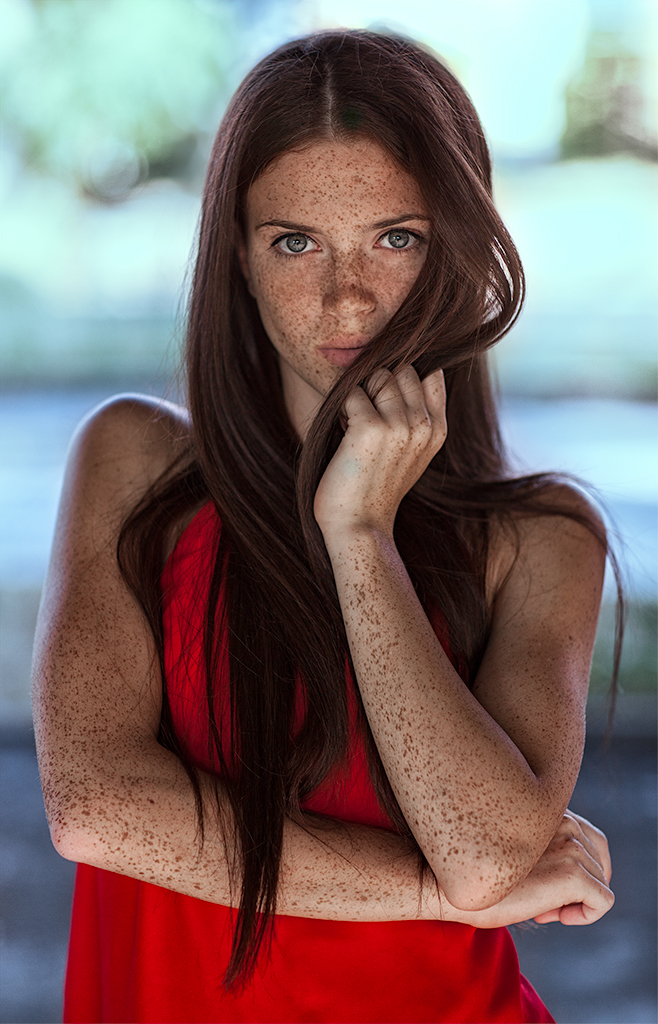Въведение в портретната фотография за начинаещи
Портретната фотография е популярен жанр, който се фокусира върху улавянето на личността, настроението и същността на индивид или група хора. Този тип фотография често включва внимателно обмисляне на осветлението, позирането и композицията, за да се създаде завладяващо изображение. Техники за външно осветление: Естествената светлина е отличен ресурс за портретна фотография и можете да създавате зашеметяващи изображения, като овладеете следните техники за външно осветление: Мека светлина: Потърсете равномерно, дифузно осветление, например в облачен ден или в сянката на сграда или дърво. Този тип светлина минимизира резките сенки и осигурява ласкателен вид на вашия обект. Златен час: Златният час е времето малко след изгрев или преди залез, когато слънчевата светлина е мека, топла и ниско в небето. Това осветление е идеално за създаване на топла и естествена светлина върху лицето на вашия обект. Задно осветяване: Позиционирайте обекта със светлинния източник зад него, за да създадете ръбова светлина, която го отделя от фона. Уверете се, че използвате рефлектор или запълваща светкавица, за да осветите лицето на обекта и избягвайте силуети. Техники за вътрешно осветление: Когато снимате на закрито, все още можете да създавате красиви портрети с помощта на изкуствено осветление или като използвате наличната естествена светлина: Светлина на прозореца: Позиционирайте обекта близо до прозорец, за да се възползвате от естествената светлина. Използвайте рефлектор, за да отразите светлината обратно върху обекта и да запълните сенките. Изкуствена светлина: Инвестирайте в основно осветително оборудване, като например софтбокс или чадър, за да създадете мека, дифузна светлина, която имитира естествената светлина. Експериментирайте с различни разположения на светлината и ъгли, за да постигнете желания ефект. Насочване на вашия модел: За да заснемете автентични и ангажиращи портрети, от съществено значение е вашият модел да се чувства комфортно и уверено пред камерата: Комуникация: Обяснете ясно визията си за снимките и дайте насоки относно позирането, изражението на лицето и езика на тялото. Бъдете търпеливи и позитивни: Предлагайте насърчение и конструктивна обратна връзка по време на сесията, за да помогнете на вашия модел да се чувства спокоен и уверен. Демонстрирайте пози: Физически покажете на модела си позите, които искате да възпроизведе. Това може да помогне за изясняване на вашите очаквания и да улесни модела да разбере какво искате. Намиране на модели: Има няколко начина да намерите модели за вашата портретна фотография: Приятели и семейство: Започнете, като снимате хора, които познавате, тъй като е по-вероятно те да се чувстват добре с вас и да ви помогнат да изградите портфолиото си. Социални медии: Използвайте платформи като Instagram или Facebook, за да намерите амбициозни модели или да си сътрудничите с други фотографи и творци във вашия район. Уебсайтове за работа с модели: Уебсайтове като Model Mayhem или PurplePort позволяват на фотографи и модели да се свързват и да си сътрудничат по проекти. Местни фотографски групи: Присъединете се към фотографски клубове или онлайн форуми, за да общувате с други фотографи и модели във вашия район. Като овладеете тези основни техники и практикувате редовно, ще сте на път да станете опитен портретен фотограф.

